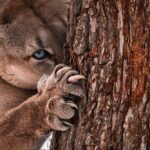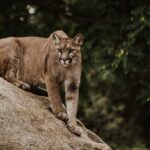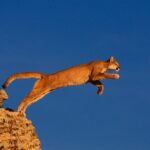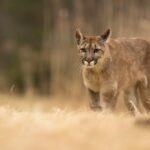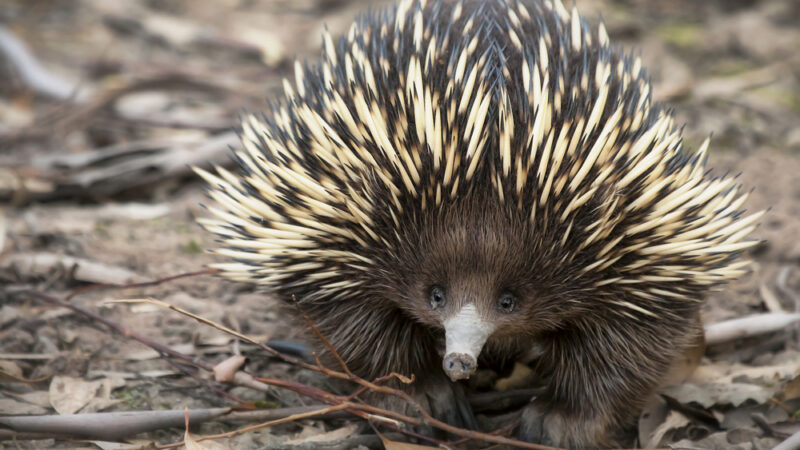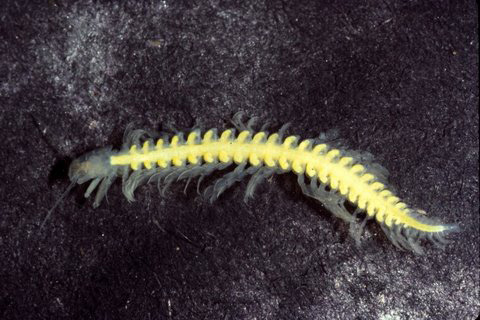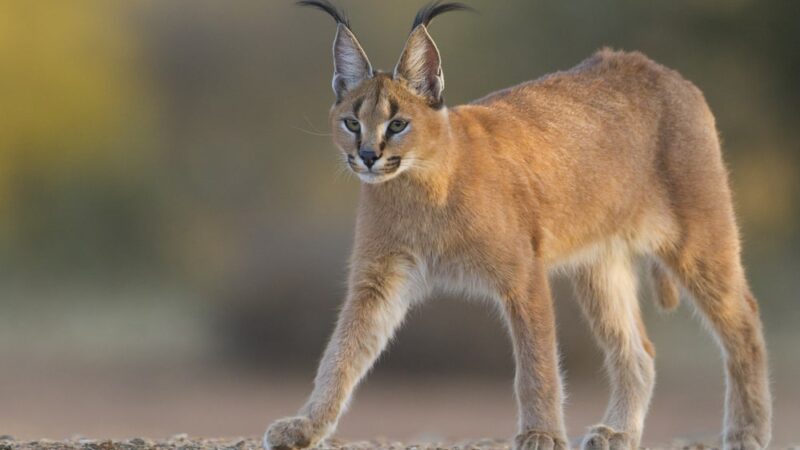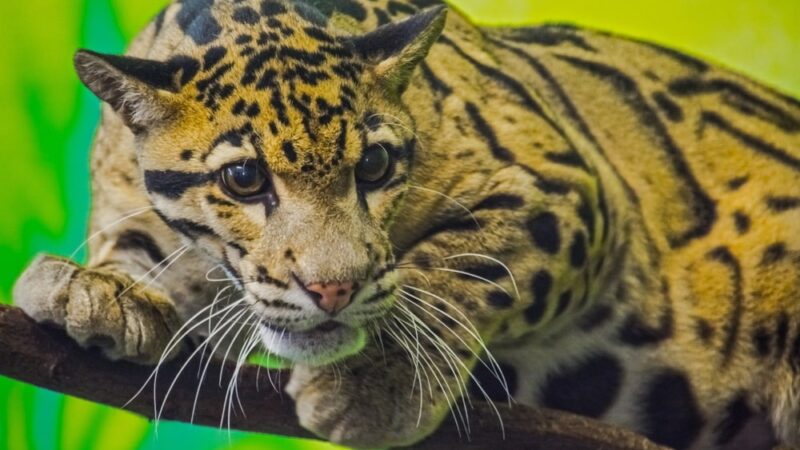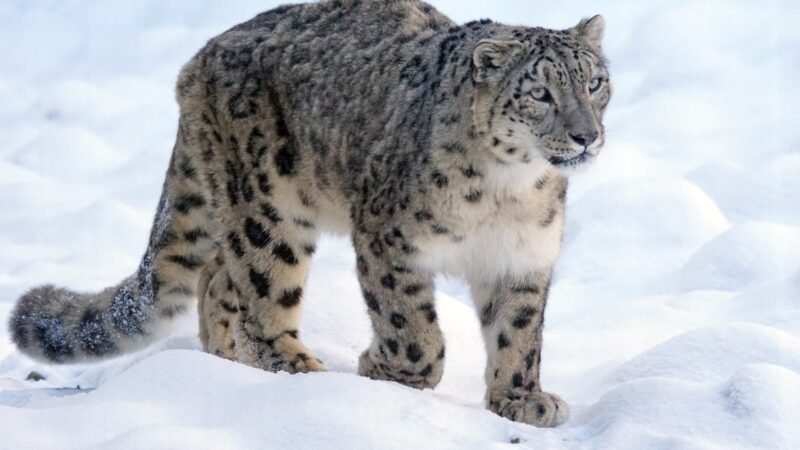Cougar
Shelter for Animal | Cougar | Puma is the most widespread wildcat. Cougars have a significant range that extends from Northwestern Canada to South American Patagonia. They greatly differ in altitude type of available vegetation and weather conditions.
Cougar Puma
Cougars tend to roam areas where they won’t be seen, these wild terrestrial animals thrive in grassy plains, lowland tropical forests, mountain regions, meadows, deserts, or any other area with adequate cover and prey despite having such a wide range.
Cougars try to avoid South American wetlands and lowlands as these territories are usually inhabited by Jaguars, with such a range.
Puma Cougar Habitat
The Cougar has earned the title of the most widely distributed land mammal in the Western Hemisphere. Cougar is not the only name that is used to describe this animal in different parts of the world. This animal is also known as the lion of mountains, puma, and sometimes called the panther.
Cougars Species
Alone adult Cougars have no predators in the wild and can only suffer from illegal or destructive human activities despite being fierce hunters. Cougars are not always the apex predators in their range. They compete for food with several big predators but because of the size difference Cougars usually yield to Jaguars, gray wolves, American black bears, and grizzly bears.
Modern zoology distinguishes between 6 subspecies of cougar.
They mainly differ by their preferred habitat coloration of coats and size. Five of the subspecies are solely found in Latin America. There is a small population in Florida a subspecies known as the Florida panther.
The Florida panther is considered to be critically endangered and today significant scientific efforts are directed at maintaining the current population. Although these animals have a significant home range and healthy populations are labeled by conservationists as species of Least Concern.
There are several factors that could pose a threat to the Cougar’s future on the planet. Today cougars mainly suffer from the destruction of natural habitats poaching and hunting environmental pollution and automobile accidents. Though Pumas sometimes wander into human settlements and cause problems for farmers.
They have a very important role in the environment. Pumas to keep the population of animals lower on the food chain in check without them, for example, those same farmers may have their crops overrun by hungry rabbits.
Puma Cubs
Cougars usually make their dens in rocky ledges, dense thickets, and under uprooted trees. These dens are used both for recreational purposes as well as for bringing up the cubs. When the time comes the female puma gives birth to new cubs litter of 1-6 newborns cubs are both blind and helpless.
Puma cubs usually weigh about 1 pound. Their baby blue eyes open at around 10 days and change to greenish-yellow in about 16 months. After opening their eyes, the youngsters gradually start growing teeth. Their bodies are still covered in dark-spotted coats that can help them blend in with their surroundings as they grow up, the spots will disappear.
The mother Puma will give solid foods and meat to its cubs at the age of 6 weeks and will prepare them for leaving the den. The female Cougars passed their hunting skills to the young and let them practice on smaller prey, young animals accompany their mothers during hunting trips at the age of 6 months but stay under their supervision for almost two years. Upon reaching this age, they will leave their mother to start their own life. Some travel far to establish their own territory.
The lifespan of Puma Cougars
The typical lifespan of Puma is about 15 years in the wild.
Cougars are known to live up to 20 years in captivity.
Hunting skills
During the day, Cougars usually sleep in their dens or lie in the Sun. Their activity levels peak after dusk, when it gets darker this wild terrestrial mammal can fully rely on its hunting advantages. Its body-color allows it to fully blend in with the surroundings. While it’s keen eyesight helps to spot prey from high cliffs or tree branches.
Their primary prey is deer but they also eat porcupines, raccoons, birds, and small mammals like foxes, mice. Pumas hunt using stealth and strength. These wild cats are secretive in nature. Cougars are perfectly adapted to moving through rugged terrain. They use their strong legs to climb trees go up steep hills and even swim for considerable distances when roaming.
In their territory in search of suitable prey, Pumas likes to sneak up behind their prey or perform unexpected attacks from an ambush. The biggest species are capable of jumping 40 feet horizontally and 18 feet vertically, Most of their victims are not able to escape from such a powerful leap and grip of a puma.
Pumas are incredibly territorial and aggressively respond to the presence of other animals. They rarely attack humans. This wildcat is very likely to avoid an encounter with humans unless it is wounded seriously sick or feels a potential life threat.
Cougar Communication
Cougars are quiet animals that lead a solitary lifestyle, for most of the year and only come close to each other during mating season. These wild cats communicate by using visual and olfactory signals. the male’s regularly leaves messages in the form of scrapes and the soil or snow, unlike the big cats, Cougars, don’t roar.
Instead, they use various vocalizations to communicate during courtship females will rub against trees or will yowl loudly, so that the local males can hear their call. Cougars also use loud growls hums hisses and snorts as a sign of distress or warning, female individuals. However, are believed to communicate with cubs by emitting sounds similar to the bird-like whistle.
Cougar (Puma) Body size
Cougars are characterized by their large front paws and a long tail which is used for balance while running. These wild cats have extremely powerful hind legs making them excellent jumpers. Cougars also have acute vision and hearing. Their ears are round and can move to focus on sounds.
Interesting facts about Puma
- The Cougar is the second heaviest cat in the new world after the Jaguar.
- Adult males can weigh 140 to 200 pounds and grow to be six to eight feet long.
- Adult females are usually smaller in size.
Physical appearance may slightly vary depending on the geographic area. Puma color variants seem to depend on their type of habitat as these predators that inhabit. Tropical regions seem to have a tan or slightly yellow coats while animals that live closer to the north have greyish coats.
The Cougars belly and chin are white but there are black markings on its face ears and tip of the tail.
Cougar Pumapards
Apart from six subspecies, there is a hybrid animal formed after a union between a cougar and a leopard is called Pumapard but are usually born with an inherited form of dwarfism.
Reference: Wikipedia
